Tires are the unsung heroes of our vehicles. They bear the weight, endure the roads, and keep us safe on our adventures. But how do you know when to bid farewell to your trusty tires and welcome a new set?
We’ll explore the importance of replacing worn tires, discuss when to determine the replacement of all-terrain tires, delve into tread depth requirements for tire replacement, and highlight the significance of prioritizing safety for off-road tires. So, buckle up, and let’s hit the road to tire enlightenment.
Don’t wait until your tires are running on fumes. Take charge of your safety and your vehicle’s performance by knowing when it’s time to replace your worn tires with new ones from 4 Wheel Parts. Read on to discover the signs, tread depth requirements, and more.
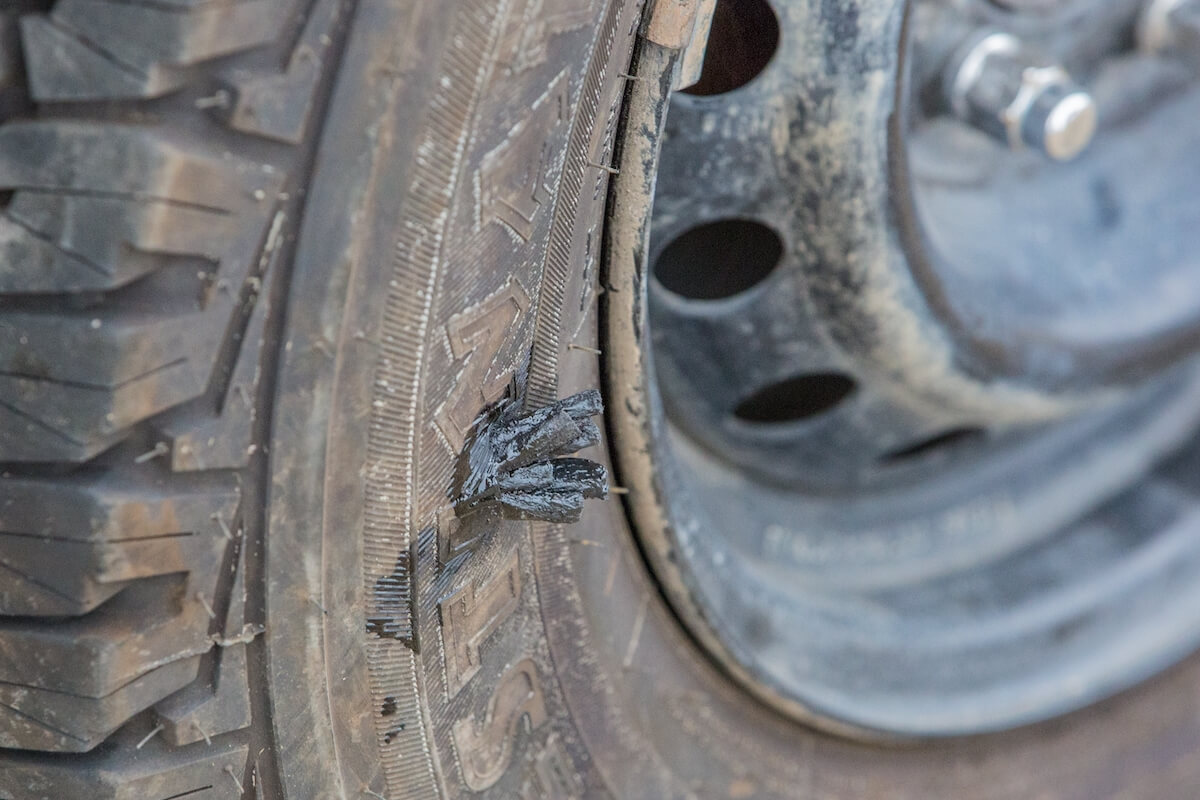
Importance of Replacing Your Worn Tires
Your tires are the only connection between your vehicle and the road. As such, they play a vital role in your safety. Worn-out tires with low tread depth can compromise your vehicle’s performance, especially in adverse weather conditions.
When your tires lack proper traction, stopping distances increase, and the risk of hydroplaning increases. It’s important to keep an eye on your tire’s tread depth and replace them when they reach the minimum requirements to ensure optimal safety on the road or trail.
Your tires not only impact your safety but also affect the overall performance of your vehicle. The tire’s ability to grip the road diminishes as the tread wears down, especially in wet or snowy conditions. Worn-out tires can lead to decreased fuel efficiency, compromised handling, and increased braking distances.
By replacing worn tires on time, you ensure your safety, enhance the driving experience, and improve fuel economy. Worn tires can result in reduced control of your vehicle, increasing the risk of accidents.
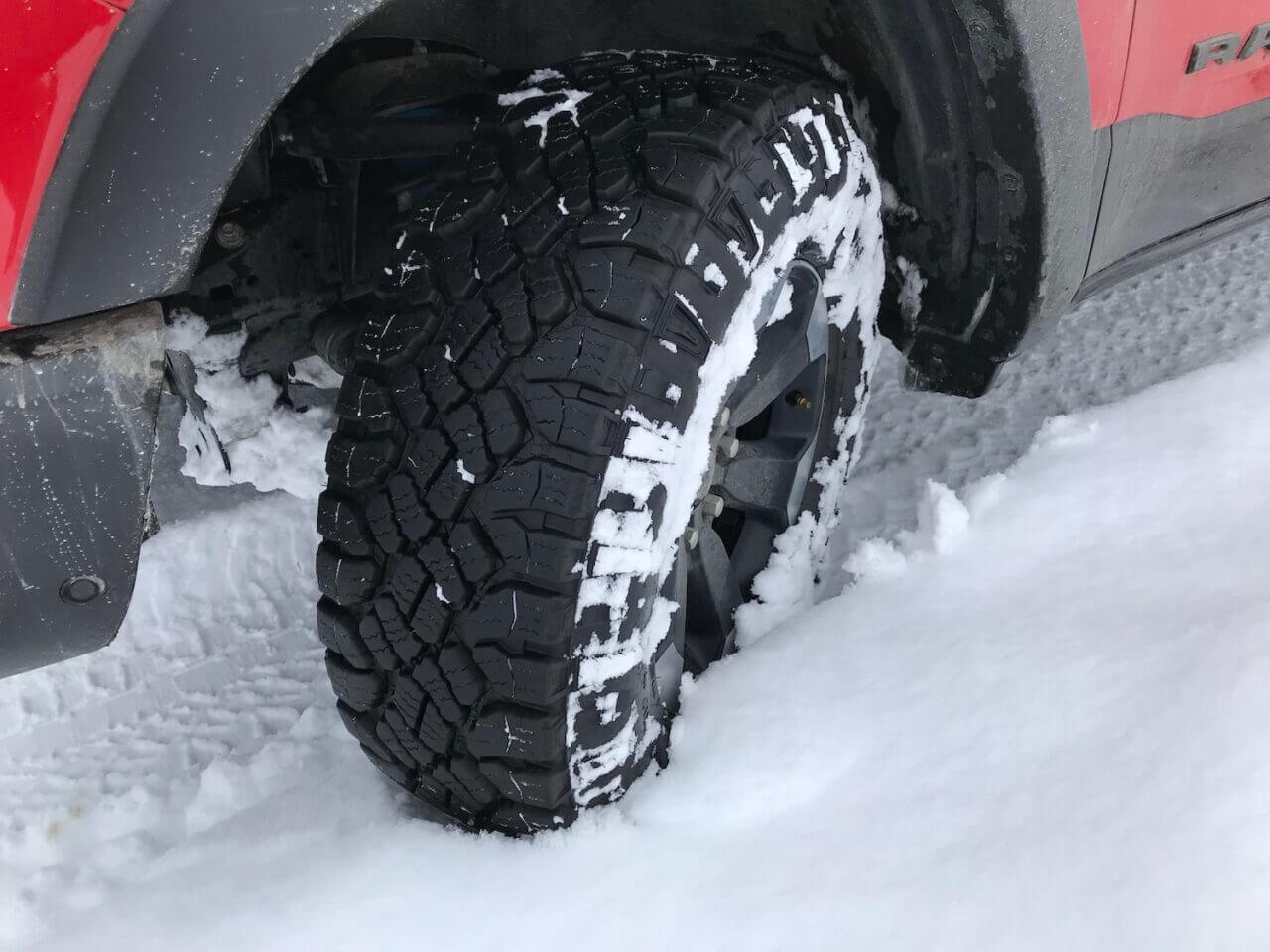
When to Determine Replacing Your All-Terrain Tires
All-terrain tires are built to handle various road conditions, from paved highways to rugged off-road trails. However, they are not invincible. The lifespan of all-terrain tires depends on multiple factors, including driving habits, road conditions, and maintenance.
Generally, all-terrain tires typically last around 40,000 to 60,000 miles. However, it is crucial to inspect them regularly for signs of wear, such as uneven tread wear, cracking, or bulging.
Additionally, if you notice a significant decrease in traction or increased road noise, it may be a clear indication that it’s time to bid farewell to your well-traveled all-terrain companions.
While all-terrain tires are built to withstand rugged conditions, they are not indestructible. Regular inspection is key to determining when it’s time to replace them. Keep an eye out for signs such as significant tread wear, visible cracks, or bulges on the tire sidewalls. Uneven tread wear can indicate alignment or suspension issues that need attention.
Additionally, if you frequently venture off-road or drive in harsh environments, your all-terrain tires may experience accelerated wear and tear. It’s important to listen to your tires and be proactive in their maintenance.
By staying vigilant and replacing your all-terrain tires when necessary, you ensure your vehicle is always equipped to handle the challenges of both on- and off-road adventures.
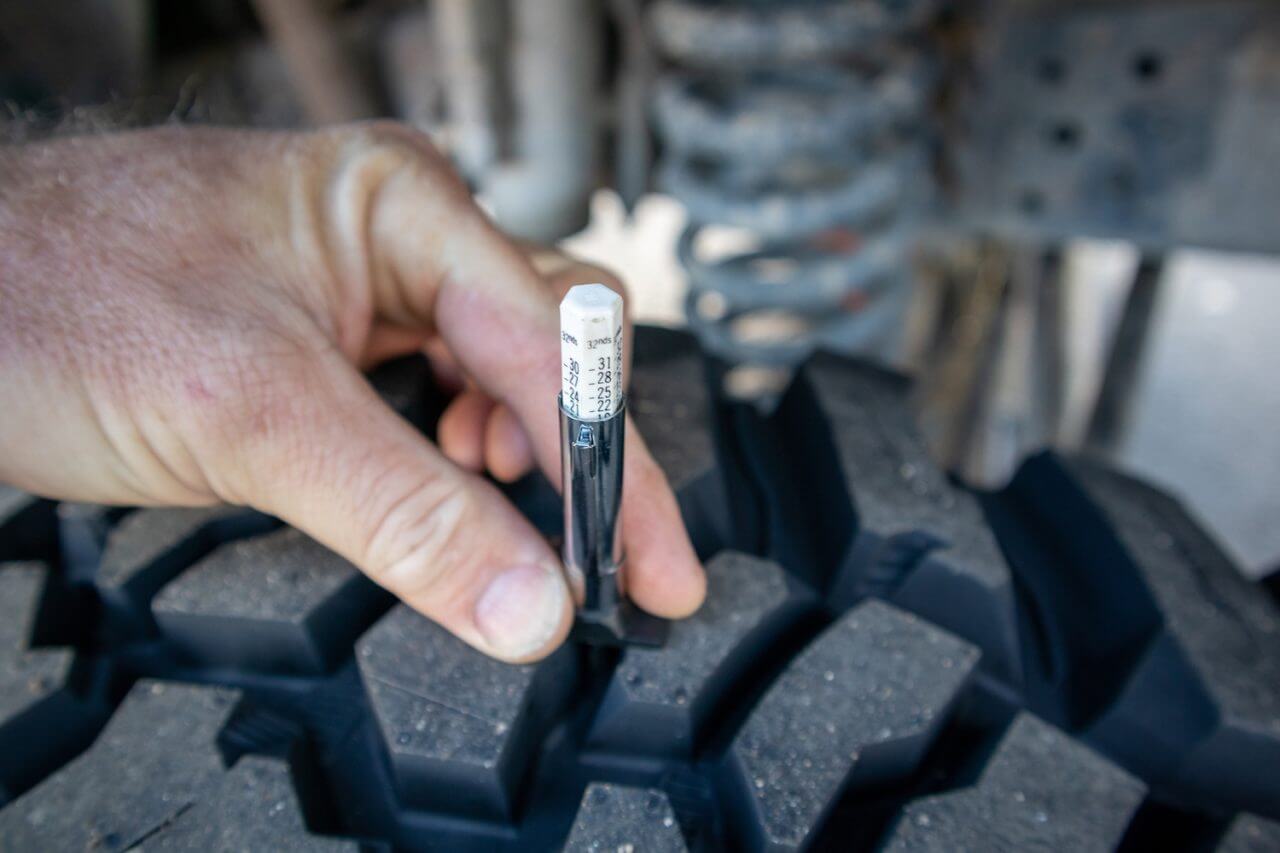
Tread Depth Requirements for Tire Replacement
Tread depth is a crucial aspect to consider when evaluating the condition of your tires. The more worn your tires become, the less effective they are at gripping the road. You can use a penny or a specialized tire tread depth gauge to measure tread depth.
Insert the penny into the tire’s tread grooves with Lincoln’s head facing downward. If the top of Lincoln’s head is visible, it’s time to replace your tires. For a more accurate measurement, a tire tread depth gauge will provide precise readings.
Generally, the minimum legal tread depth requirement is 2/32 of an inch, but replacing your tires before they reach this limit is advisable to ensure optimal safety and performance.
This provides an additional margin of safety, particularly in wet or snowy conditions where the tread’s ability to channel water or grip the road surface becomes even more critical.
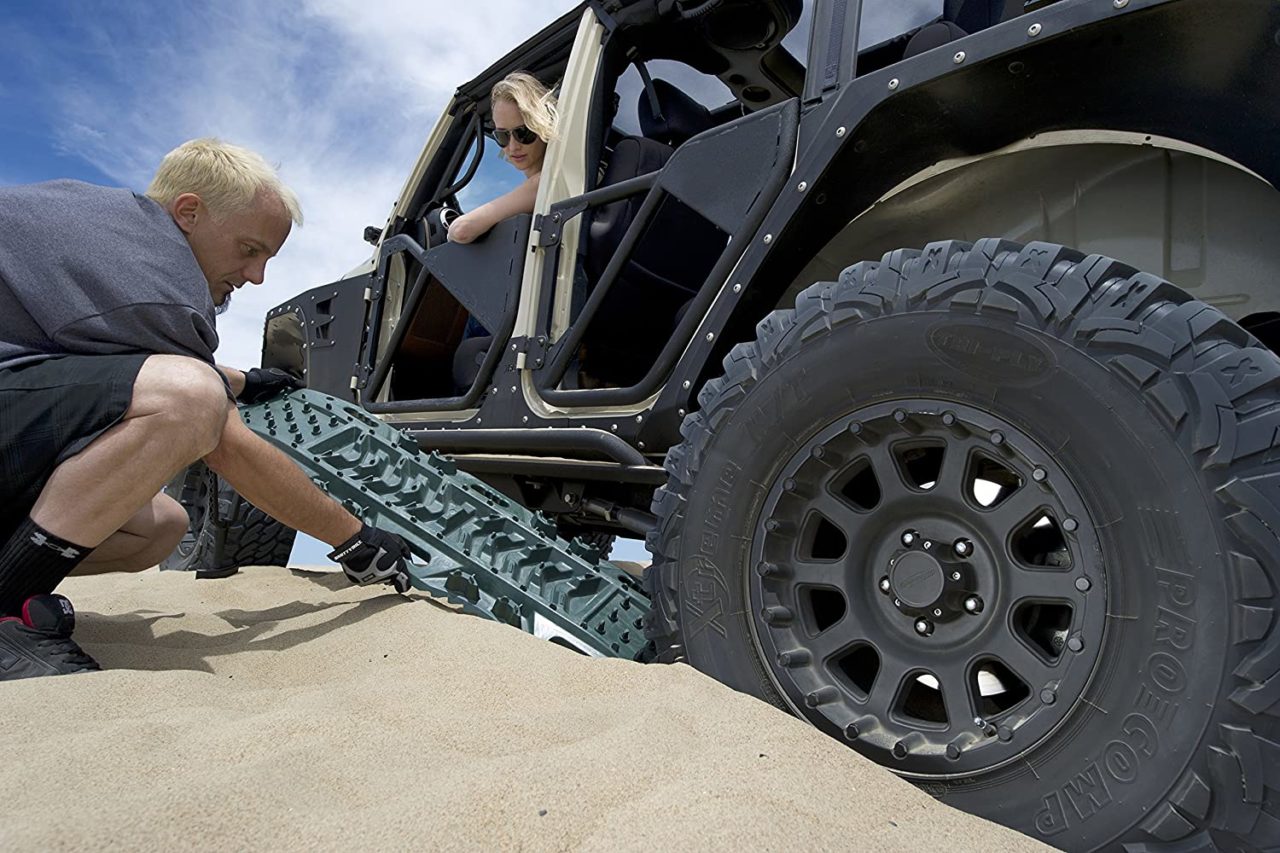
Prioritizing Safety for Off-Road Tires
Off-road tires are designed to conquer rugged terrains and provide excellent traction in challenging conditions. However, like any other tire, they also have a limited lifespan. The lifespan of off-road tires varies depending on factors such as tread pattern, rubber compound, and driving conditions.
Prioritizing safety off-road is crucial to avoid unexpected mishaps and ensure an enjoyable and worry-free adventure. While some manufacturers provide estimates of how long their tires will last, it’s essential to inspect them for signs of wear and tear regularly. If you notice significant tread loss or cracking, it’s time to retire your off-road warriors.
It’s also essential to pay attention to the condition of the sidewalls, as they can be prone to abrasions and impacts during off-road excursions. If you have major gauges or cuts in the sidewall, it’s a clear indication that your off-road tires have served their purpose, and it’s time for a replacement.
Don’t compromise on safety and performance when exploring the great outdoors. By maintaining well-maintained off-road tires, you can enjoy your off-road adventures with confidence and peace of mind, knowing that your tires are up to the challenge.
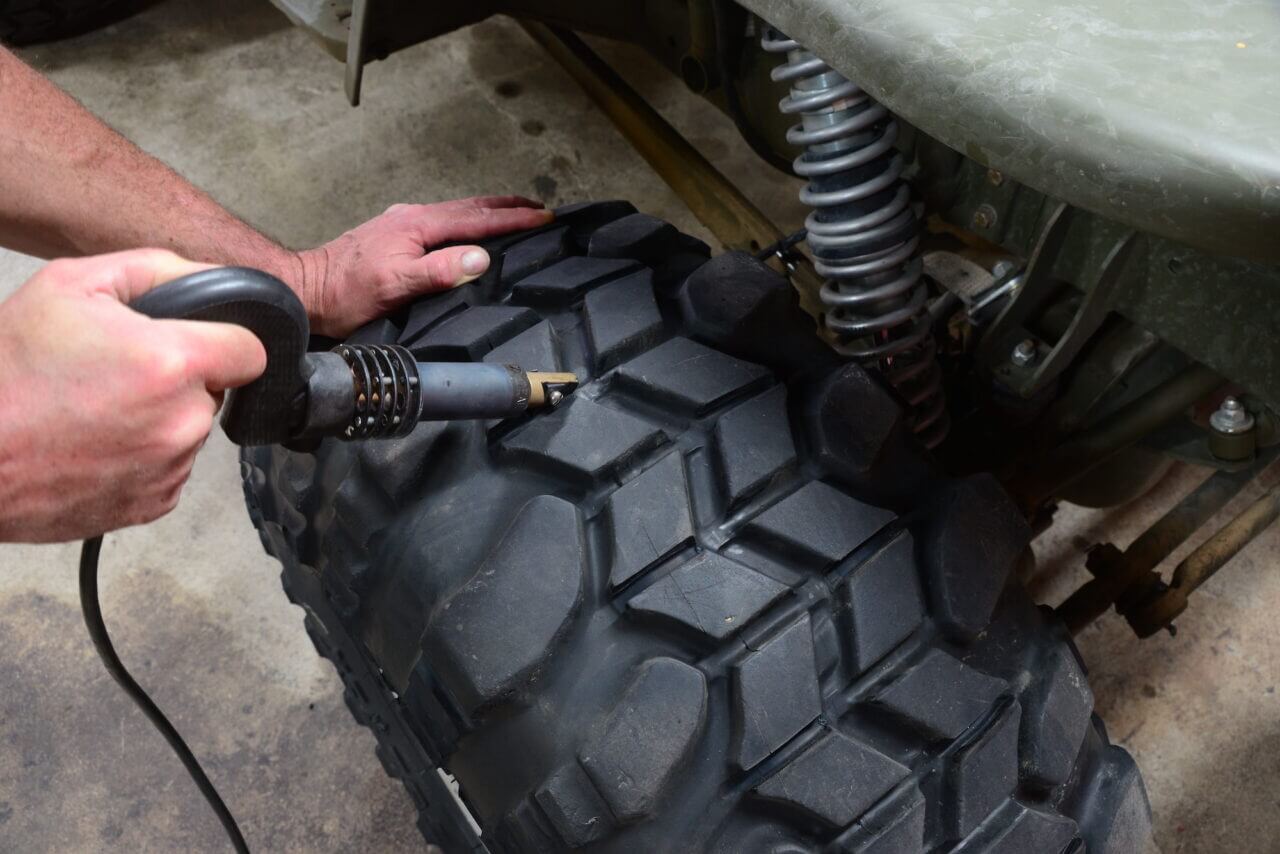
Final Words
Knowing when to replace your tires is a critical aspect of vehicle maintenance. By understanding the importance of replacing worn tires, determining the right time to replace all-terrain tires, monitoring tread depth requirements, and prioritizing safety for off-road tires, you can ensure a smoother and safer driving experience.
Remember, your tires are the foundation of your vehicle’s performance, so treat them well, inspect them regularly, and be ready to bid farewell when the time comes. After all, a new set of tires is like a breath of fresh air for your vehicle, ready to take you on exciting journeys both on and off the road.
Don’t delay and grab a new set from 4 Wheel Parts. Don’t know which set is best? Call or chat with one of your tire experts today.



2